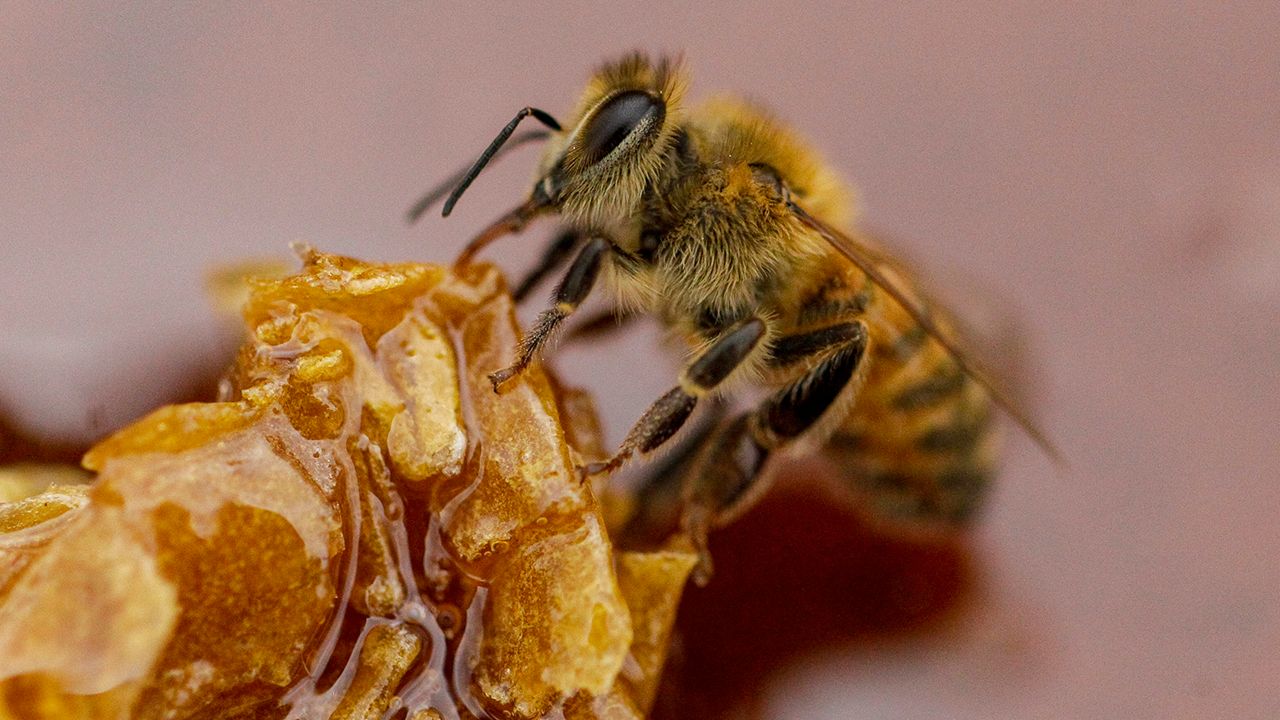Have you heard of solar honey? If your answer is no, I was right there with you last week.
I first heard of this new climate-friendly delicacy while watching the Food Network’s show Chopped. The episode featured foods from the future.
I was intrigued and started doing some research. Come to find out, solar honey is not food of the future. It’s available right now for us all to use.
Let’s start with the basics. What is solar honey? Solar honey is a type of honey produced by bees that have access to solar panels. The solar panels provide the bees with a source of heat and energy, which allows them to work more efficiently and produce more honey.
Solar honey does not taste any different from traditional honey. Just like the honey you’ve been eating for years, solar honey is sweet and tastes like the area it originated from. Some say solar honey is of higher quality compared to traditional honey because the bees have access to a consistent source of energy.
So why would you choose to eat solar honey over traditional honey if it tastes the same?
Solar honey is sustainable. Using solar panels to power the beehives reduces the carbon footprint of beekeeping operations. The solar panels can also power other equipment, reducing the need for fossil fuels. It's a real 2-for-1 deal.
You won't find solar honey in every grocery store, but you can purchase it online.
Solar honey is not the end all be all to the climate change crisis, but it is a small step that, taken with other steps, can have a huge impact.
Follow Meteorologist Kaylee Wendt on Facebook, Instagram and Twitter!
Our team of meteorologists dives deep into the science of weather and breaks down timely weather data and information. To view more weather and climate stories, check out our weather blogs section.



